Grade 5 science worksheets
, PDF Printable
Grade 5 science worksheets | 5th grade science worksheets, PDF Printable. Topics covered include:electricity and magnetism, force and acceleration, laboratory work, atoms and elements, cells and their characteristics, ecosystems, fossils, heat waves, properties of materials. each worksheet is a PDF printable activity with and answer key attached. They are all free. Print and test you skills.

Atoms & elements
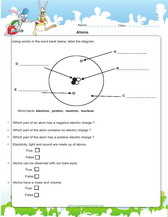
Worksheet with questions on atoms and elements, characteristics etc.
Print here >>>
Online Test Sheets


Don't have a printer ? No worries. Practice with interactive online worksheets. Much better
Practice here >>>
Cells & functions
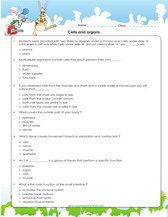
Learn some functions of parts of cells and more information about cells.
Print here >>>
Characteristics of cells
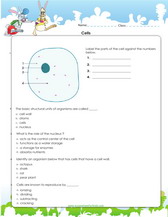
Worksheet on some facts bout cells and their characteristics. PDF printable
Print here >>>
Classification of animals
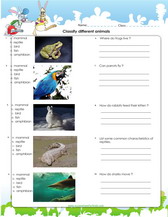
Identification of mammals, reptiles, birds, fish, amphibians and more. Pdf activity
Print here >>>
Mammals

Learn some characteristics about mammals. Distinguish mammals with their features.
Print here >>>
Vertebrates, Invertebrates

Distinguish between vertebrates and invertebrates on this activity worksheet. Print pdf.
Print here >>>
Ecosystems
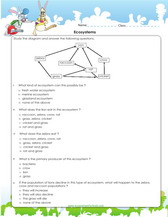
Learn some concepts about ecosystems, relationship between animals & more
Print here >>>
Ecosystem
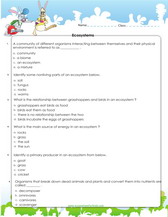
Definition of some key concepts related to ecosystems, pdf worksheet for 5th grade
Print here >>>
Electricty & Mg.tism.
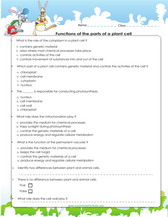
What is electricity, a switch, circuit, magnetic field etc. Print and learn
Print here >>>
Fossils & Extinction

This worksheet about fossils, fossilization, extinction of animals & causes.
Print here >>>
Fossils

Some quick facts about fossils, dinosaurs and prehistoric biodiversity worksheet.
Print here >>>
Force & Gravity

Worksheet on force and gravity, distinguish between types of forces.
Print here >>>
Speed & acceleration
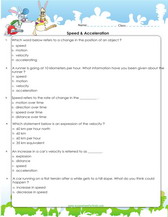
Speed and acceleration activity sheet for children. Printable pdf.
Print here >>>
Earth Movements

Science activity on earth movements. Printable pdf worksheet.
Print here >>>
Plate techtonics
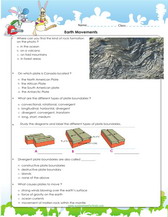
Learn about the Earth and plate techtonics. Learn about continent building.
Print here >>>
Heat Waves
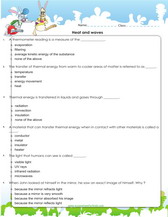
Learn about heat waves. This is an activity sheet with an answer key.
Print here >>>
Mixtures
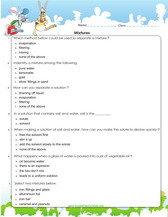
Activity sheet on learning about mixtures and nonmixtures. Identify mixtures.
Print here >>>
Properties of materials

Larn about the properties of materials and everyday objects. Print and practice.
Print here >>>
Laboratory work
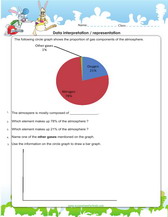
Read and interprete the data on the piecharts. Also plot a graphh, pdf sheet.
Print here >>>
Lab Principles
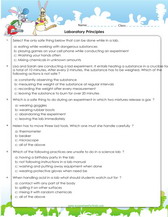
Some basic laboratory principles worksheet for children. pdf
Print here >>>
Scientific methods
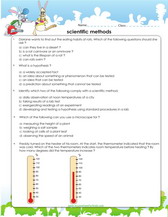
Learn some scientific methods and ways of recording data worksheet pdf
Print here >>>
Scientific reading
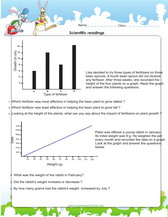
Learn how to read and interprete laboratory test results.
Print here >>>
Earth Processes
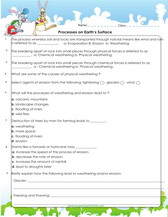
Learn about some earth processes like erosion, wildfire, floods, wind etc.
Print here >>>
Weather Trackers
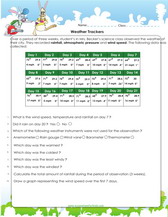
Learn how to interprete some weather and climate data from weather trackers.
Print here >>>
Label Flower
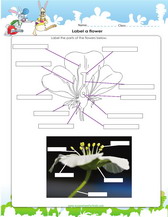
Learn about mixtures, methods of separating mixtures, distunguishing between both.
Print here >>>
Sc. Names
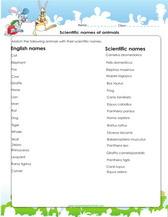
Learn the scientific and common names of animals: dog, elephant, fox, tiger etc.
Print here >>>
Weather
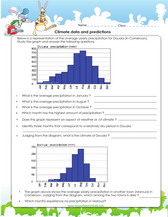
Climate data reading and predictions worksheet, read graphs, temperature, rainfall etc.
Print here >>>
Reading thermometers
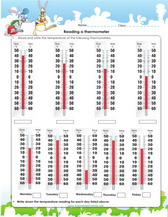
Teach students how to read thermometer readings in degrees, mercury level etc.
Print here >>>
Weekly Temperature
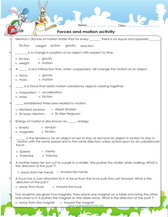
Teach students how to read weekly temperature data on this worksheet and learn predictions.
Print here >>>
Force & Motion

Learn about different forces, friction, gravity, motion, speed, acceleration and more. pdf.
Print here >>>
Heat Flow
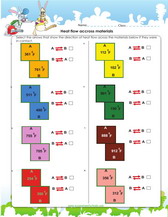
Diagrams and illustrations for 4th graders to learn predicting heat flow across materials.
Print here >>>
Dog limb
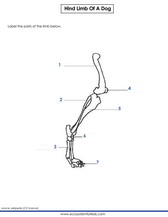
Hind limb bones of a dog diagram to label, pdf test sheet.
Print here >>>
Human eye diagram

Eye anatomy with eye diagram to label in a pdf sheet.
Print here >>>
Human skull
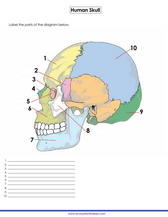
Human skull digram to label in a biology pdf worksheet
Print here >>>
Stage beetle life cycle
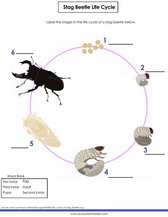
Beetle life cycle stage, egg, larva, pupa, adult, diagram.
Print here >>>
Nose & Nasal Cavity

The nose and the nasal cavity worksheet labeling activity.
Print here >>>
Parts of stomach
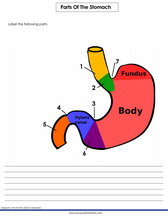
Learn different parts of the stomach in a printable worksheet download pdf.
Print here >>>
Digestive system
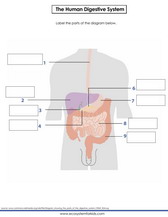
Digestive system for kids, human digestive system diagram.
Print here >>>
Human ear diagram
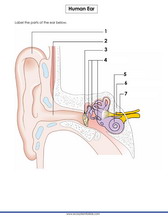
Ear diagram quiz and ear diagram labelled activity sheet.
Print here >>>
The tooth
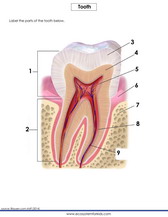
A tooth diagram to label in a quiz on a worksheet.
Print here >>>
The Earth
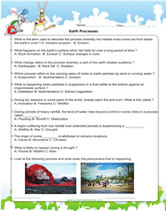
Learn different Earth processes on this worksheet pdf. Flooding, erosion etc
Print here >>>
Gas, Solid, Liquid
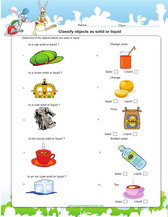
Identify human body parts and their functions, teeth, skin, tongue, eye, ear etc..
Print here >>>
Weather
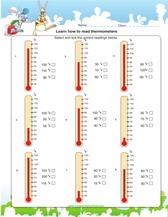
Learn to label the parts of a bird. wings, legs, eye, beak, tail, crown etc..
Print here >>>
The science 5th grade worksheets collection found on this page spares no detail in terms of quality and skills taught. This is the one stop every science teacher in search of extra materials for their students should be looking at. We have a collection of free science worksheets each having an answer key attached to the second page. Yes ! This sounds like a hook for those with little science backgrounds who have to review certain topics with their kids. This page has it all, we have a variety of 5th grade science worksheets covering varied topics. There is a worksheet on atoms and elements for example. This sheet features MCQ’s related to atoms and elements. It also contains a diagram of an atom and parts to label like the proton, neutron, nucleus, electron shell and electrons. Students are shown a diagram that contains arrows pointing to the various places. What you need to do is to refer to the word bank and write out the correct label in the spaces provided. Below are a few questions related to atoms in the form of an MCQ. Furthermore, there are worksheets on cells and their functions. Cells are basic units of life and every organism is made up of cells. Some organisms are unicellular though. This ushers the idea of unicellular organisms; this means they have only one cell but function like a full orgasm would. This tells us that a cell is a complex structure of its own with organelles that perform specific functions. The nucleus is central to the functioning of a cell. It is like the brain of a cell. Plant cells and animal cells have differences though; a plant cell has an extra layer on the outside called the cell wall. It is made up of cellulose and protects the cell. There is also a worksheet on the classification of mammals into different groups as follows: bird, reptile, amphibian, or fish. Each of these animals fall under the broad group of mammals but differ in many other characteristics. A bird for example has a wing and feathers and can fly. Frogs on the contrary cannot fly but have features that enable them to swim. They are called amphibians because they live both on land and in water. The worksheet on labelling a frog enables you to see some features that make frogs unique in their ability to live in aquatic and terrestrial habitats. Also learn about vertebrates and invertebrates. Vertebrates are organisms that have a backbone while invertebrates do not have a backbone. Examples of vertebrates include lion, pigeon, frog, chicken etc. Examples of invertebrates include worms, snails, etc. Also check out characteristics of mammals through the worksheet that covers their characteristics through multiple choice questions. Mammals are animals that exhibit similar characteristics as humans. For example, they have hair on parts or all of the body, have mammary glands, and more. An example of a mammal is a cat, monkey etc. The list of topics is non-exhaustive and we cannot cover it all; click on the links and discover what each sheet has in store for you.
We cover topics on: weather, animals, ecosystems, life cycles, laboratory readings, fossils, plants, adaptation, force, mixtures, classification etc.
Science practice for kids











































